Ultimate guide to growing roses: What to plant, where to plant it, and why you really don’t need to prune
Charles Quest-Ritson, author of the RHS Encylcopedia of Roses, tells you everything you need to know about growing roses.
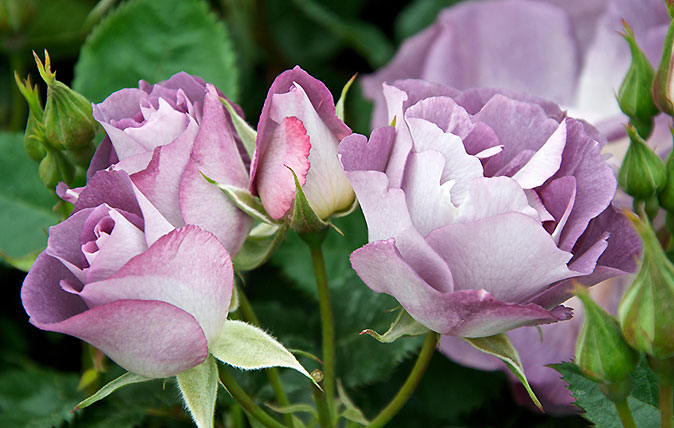

Roses are among the easiest of plants to grow — as you might guess from the wild varieties which crop up among the wildflowers of Britain — and yet they are also perhaps the most rewarding.
No other shrub is so elegant, scented, continuously in flower and available in every colour bar true blue. Choose well, bearing in mind the seasons, and you’ll find they’re in flower for at least six months of the year.
If you want roses that smell divine...
What is a rose without scent? It’s a common question, but there’s a good reason why so many florists’ roses are scentless: the gene for scent is incompatible with the gene for a long vase life and cut-flower roses are bred to last for up to two weeks in a vase.
In any case, not everyone perceives scent in the same way; many can’t distinguish the ‘musk’ scent of Polyantha roses. If you can, the table at the bottom of this page shows garden roses that have a good scent, some of which will last for up to a week in water. Ingrid Bergman is a great example of a finely-scented rose that will last particularly well in a vase.
If you want to know the secret to growing healthy roses...
People grumble about mildew and black-spot, but these do no lasting damage to the plant and we weren’t put on Earth to support the garden-chemicals industry. The secret to growing good healthy roses is to feed the plants – they respond splendidly.
More of a problem in our climate is the damage done by rain. The main sufferers are roses with thin petals and those so full of petals that the flowers become waterlogged.
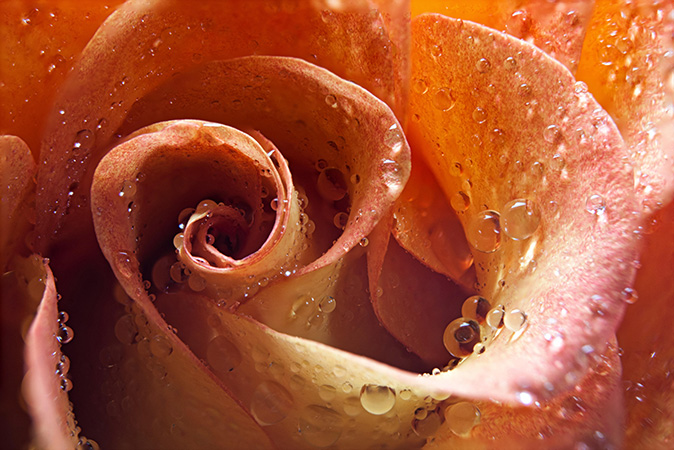
If you're worried about when or how to prune...
Worry no more. Roses are so easy to grow that a complete beginner can plant and enjoy a wide spectrum of different roses without any need to know about complications such as pruning. If you want to win prizes at the village fête, you need to know that pruning produces larger flowers, however, those flowers will be fewer and open later than those from an unpruned bush: the earliest flowers are borne on plants that haven’t seen a pair of secateurs for several years.
Exquisite houses, the beauty of Nature, and how to get the most from your life, straight to your inbox.
Pruning is no more than an option. For the really timid or novice gardener, there are ground-cover roses and modern shrub roses that you can leave completely unpruned or dead-headed without the slightest twinge of conscience.
If you want roses that flower early...
First into bloom are the Himalayan species Rosa sericea, R. foetida from central Asia, our own native Scotch rose R. spinosissima and first-generation hybrids such as Harison’s Yellow.
None of them blooms more than once, so the best early flowering garden roses are cultivars with one of these species in its ancestry – a welcome promise of what’s to follow.
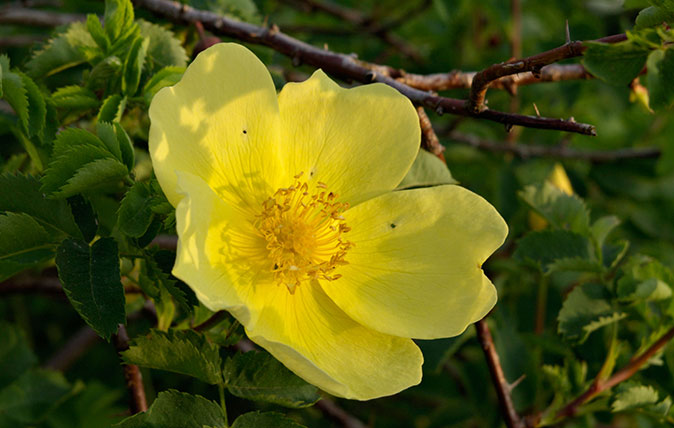
If you want year-round roses...
In warmer climates than ours, roses flower all year round and they’ll do so for us, too, in a greenhouse or conservatory. That’s where beautiful, scented tea roses, so prized in Victorian times, perform best.
Teas are usually too tender to survive an English winter, but China roses will bear flowers outside all through an average winter in central London. It’s time both of them enjoyed a revival.
If you want climbing roses...
In hot climates, roses also grow taller. It follows that, if you plant a vigorous shrub rose against a warm wall, you can train it as a short climber – ideal for small houses. The Pemberton Musks are excellent house-climbers and, nowadays, David Austin sells several of his more vigorous ‘English’ roses as good subjects for a warm wall.

If you want autumn roses...
Most roses give of their best when they flower in summer, but some bear more flowers in autumn. The size of the trusses differs, too. Musk roses are carried in much larger clusters and some hybrid teas look more like Floribundas (with multiple flowers) in autumn.
If you want roses that grow in pots...
Many roses grow well as pot plants, provided you make sure they’re never over-watered or allowed to dry out, which isn’t easy to manage consistently. They also appreciate a liquid feed to keep the stems growing and the flower-buds forming.
The short patio roses are best for cultivation in pots, so long as they’re grown on their own roots – which is usually the case nowadays. Many roses are now bred to be enjoyed as a pot plant for a season and then thrown away or planted out in the garden. Some rose species, such as Rosa moyesii and R. rugosa, make good windbreaks, but they’re horribly prickly to prune if you grow them as hedges.
If you want roses to grow in a shady spot...
No roses relish shade, although a few ramblers – one such is Rosa arvensis – tolerate it. Their instinct is to seek the light. Plant a strong climbing rose under an apple tree and you won’t see any flowers – they will all be right at the top and out of sight.
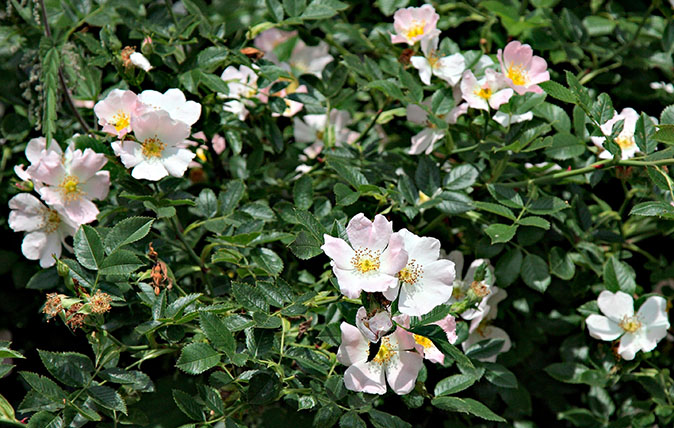
The best roses for growing under trees are rambling roses with slender branches that reach up and then drip down, so that you can enjoy them at eye- and nose-level. Unlike the older types (Dorothy Perkins, American Pillar, Albertine), many modern ramblers are repeat-flowering and, therefore, are well worth considering.
Best roses for beginners
Queen Elizabeth
- Colour: Mid-pink
- Height and spread: 8ft by 3ft
- Scent factor: 5
Rhapsody in Blue (Frantasia)
- Colour: Purple-blue
- Height and spread: 6ft by 3ft
- Scent factor: 6
New Dawn
- Colour: Silver-pink
- Height and spread: 13ft by 6.5ft
- Scent factor: 5
For Your Eyes Only (Cheweyesup)
- Colour: Orange-pink with crimson base
- Height and spread: 3ft by 1.5ft
- Scent factor: 2
Kent (Poulcov)
- Colour: White
- Height and spread: 2.5ft by 4ft
- Scent factor: 3
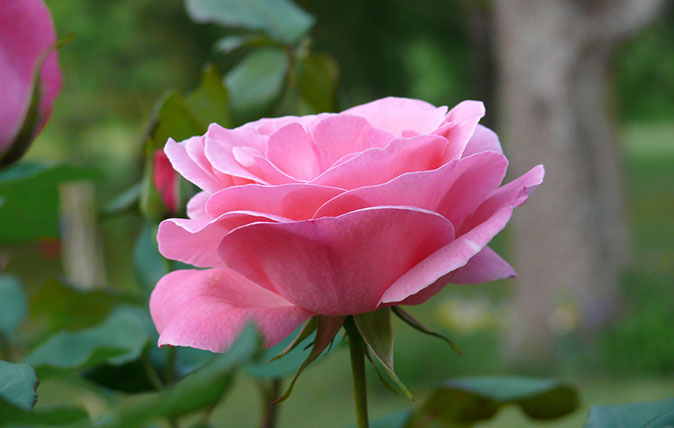
Best roses to grow against a house wall
Summertime (Chewlarmoll)
- Colour: Yellow
- Height and spread: 8ft by 4ft
- Scent factor: 4
Climbing Lady Hillingdon
- Colour: Apricot
- Height and spread: 13ft by 6.5ft
- Scent factor: 8
Compassion
- Colour: Coral-pink, fading to white
- Height and spread: 10ft by 6.5ft
- Scent factor: 8
Blush Noisette
- Colour: Flesh-pink
- Height and spread: 8ft by 5ft
- Scent factor: 5
James Galway (Auscrystal)
- Colour: Light-pink
- Height and spread: 6.5ft by 3ft
- Scent factor: 4
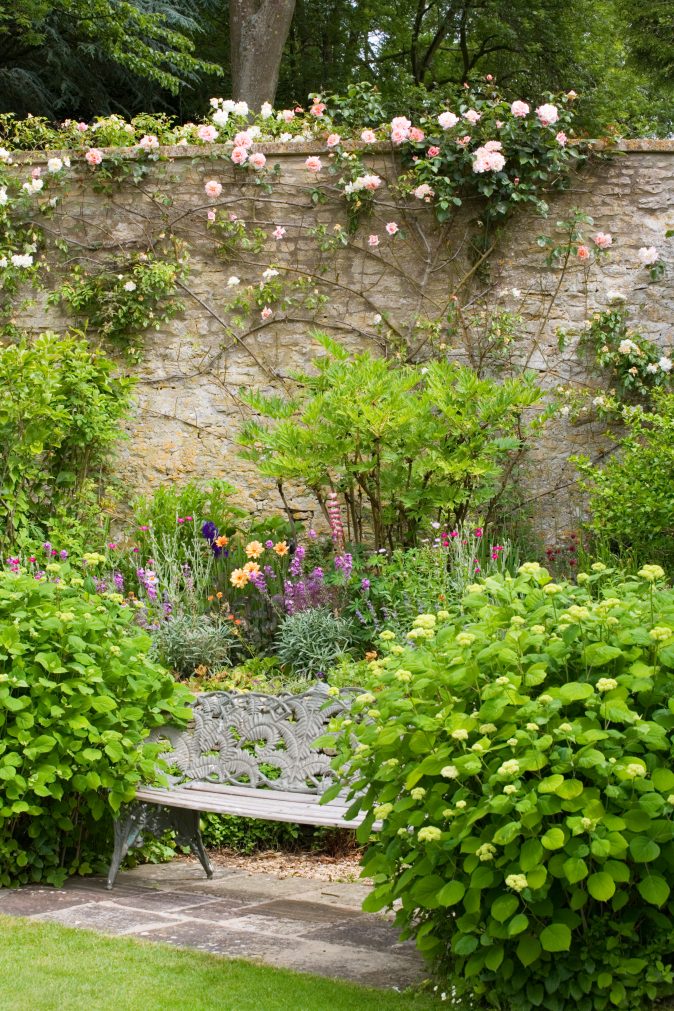
Best roses for continuous flowering
Old Blush
- Colour: Pink
- Height and spread: 3ft by 3ft
- Scent factor: 5
Mutabilis
- Colour: Buff, pink & crimson
- Height and spread: 6.5ft by 2.5ft
- Scent factor: 3
Général Schablikine
- Colour: Pink with coral tints
- Height and spread: 7ft by 8ft
- Scent factor: 8
Iceberg
- Colour: White
- Height and spread: 5ft by 3ft
- Scent factor: 4
Mme Alfred Carrière
- Colour: White
- Height and spread: 16.5ft by 6.5ft
- Scent factor: 7
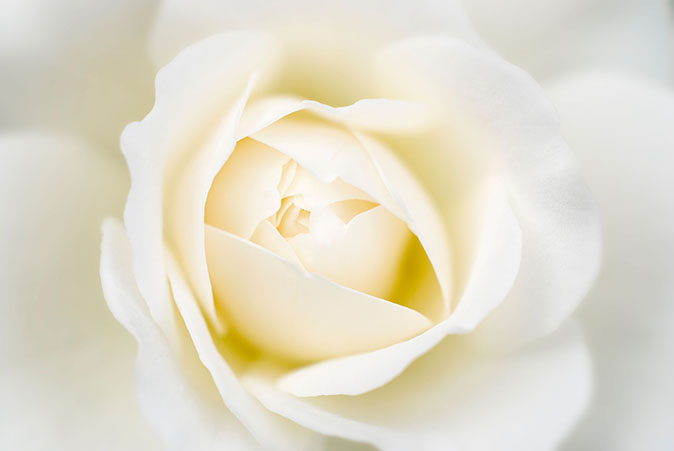
Best roses for cutting
Elina (Dicjana)
- Colour: Pale-yellow & cream
- Height and spread: 8ft by 3ft
- Scent factor: 5
Margaret Merril (Harkuly)
- Colour: Pale-pink
- Height and spread: 5ft by 3ft
- Scent factor: 10
Ingrid Bergman (Poulman)
- Colour: Deep-red
- Height and spread: 2.5ft by 2ft
- Scent factor: 9
Viridiflora
- Colour: Green
- Height and spread: 3ft by 3ft
- Scent factor: 1
Olivia Rose Austin (Ausmixture)
- Colour: Pink
- Height and spread: 6ft by 3ft
- Scent factor: 7
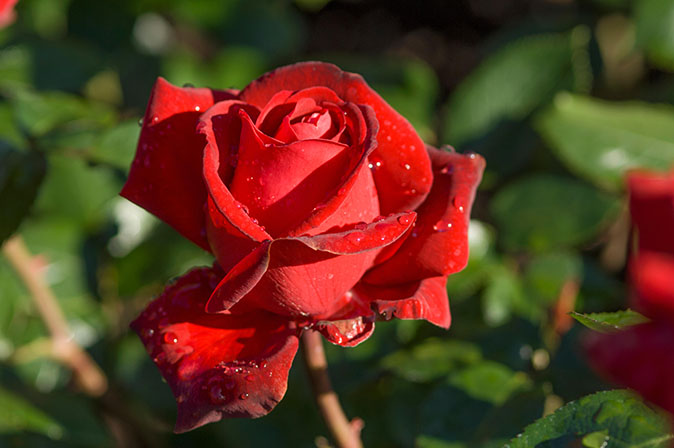
Best for early flowering
Nevada
- Colour: White
- Height and spread: 10ft by 13ft
- Scent factor: 3
Marguerite Hilling
- Colour: Deep-pink
- Height and spread: 10ft by 13ft
- Scent factor: 3
Frühlingsmorgen
- Colour: Pink & white
- Height and spread: 7ft by 8ft
- Scent factor: 7
Frühlingsduft
- Colour: Pink & pale yellow
- Height and spread: 10ft by 8ft
- Scent factor: 7
Golden Wings
- Colour: Pale-yellow
- Height and spread: 6.5ft by 5ft
- Scent factor: 5
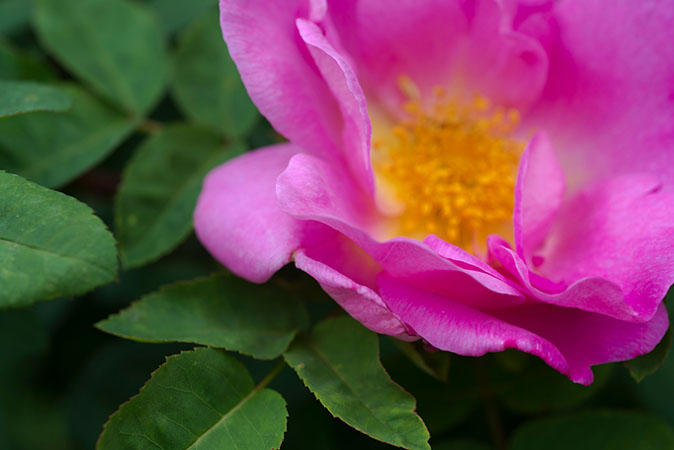
Best for pots
Flower Power (Frycassia)
- Colour: Orange-pink
- Height and spread: 1.5ft by 1ft
- Scent factor: 4
Sweet Dream (Fryminicot)
- Colour: Apricot
- Height and spread: 2.5ft by 1.5ft
- Scent factor: 7
The Fairy
- Colour: Rose-pink
- Height and spread: 2.5ft by 4ft
- Scent factor: 2
Happy Days (Harquad)
- Colour: Pale-amber
- Height and spread: 1.5ft by 1.5ft
- Scent factor: 3
Pink Bells (Poulbells)
- Colour: Deep-pink
- Height and spread: 3ft by 6ft
- Scent factor: 3
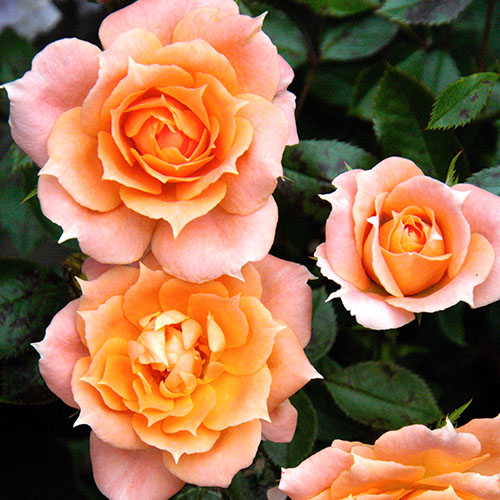
Best for scent
Chandos Beauty (Harmisty)
- Colour: Pale-amber, pink & cream
- Height and spread: 3ft by 2ft
- Scent factor: 10
Sweet Parfum de Provence (Meiclusif)
- Colour: Deep-pink
- Height and spread: 5ft by 4ft
- Scent factor: 10
Munstead Wood (Ausbernard)
- Colour: Deep-crimson
- Height and spread: 2.5ft by 2ft
- Scent factor: 10
Double Delight (Andeli)
- Colour: Cream with crimson edges
- Height and spread: 3ft by 2.5ft
- Scent factor: 10
Jude the Obscure (Ausjo)
- Colour: Buff-yellow
- Height and spread: 5ft by 4ft
- Scent factor: 10
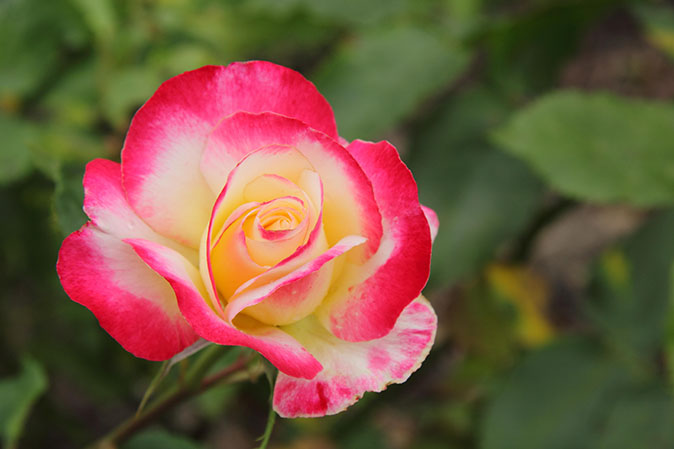
Best in autumn
Buff Beauty
- Colour: Butterscotch & cream
- Height and spread: 7ft by 5ft
- Scent factor: 7
Mme Isaac Pereire
- Colour: Deep-pink
- Height and spread: 8ft by 6.5ft
- Scent factor: 9
Moonlight
- Colour: White
- Height and spread: 6ft by 6.5ft
- Scent factor: 4
Alister Stella Gray
- Colour: Pale-buff
- Height and spread: 13ft by 6.5ft
- Scent factor: 7
Lady Emma Hamilton (Ausbrother)
- Colour: Orange
- Height and spread: 5ft by 3ft
- Scent factor: 8
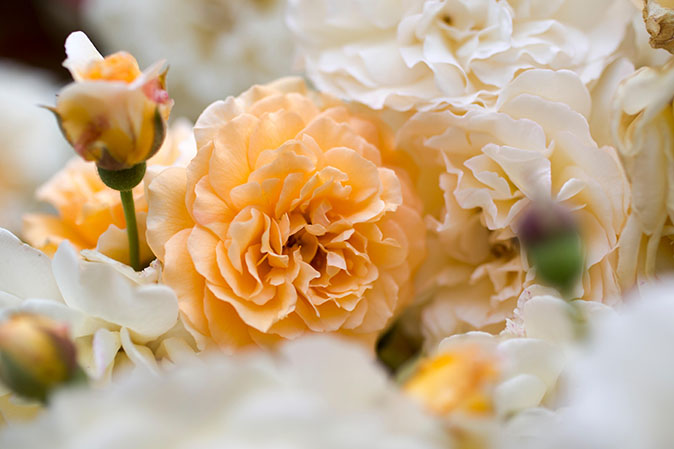
Best in conservatories/greenhouses
Maréchal Niel
- Colour: Yellow
- Height and spread: 13ft by 10ft
- Scent factor: 8
Safrano
- Colour: Cream
- Height and spread: 5ft by 3ft
- Scent factor: 7
White Maman Cochet
- Colour: Cream with pink tinge
- Height and spread: 4ft by 3ft
- Scent factor: 8
Lamarque
- Colour: White
- Height and spread: 16.5ft by 10ft
- Scent factor: 4
Louis XIV
- Colour: Dark-red
- Height and spread: 2ft by 2ft
- Scent factor: 8
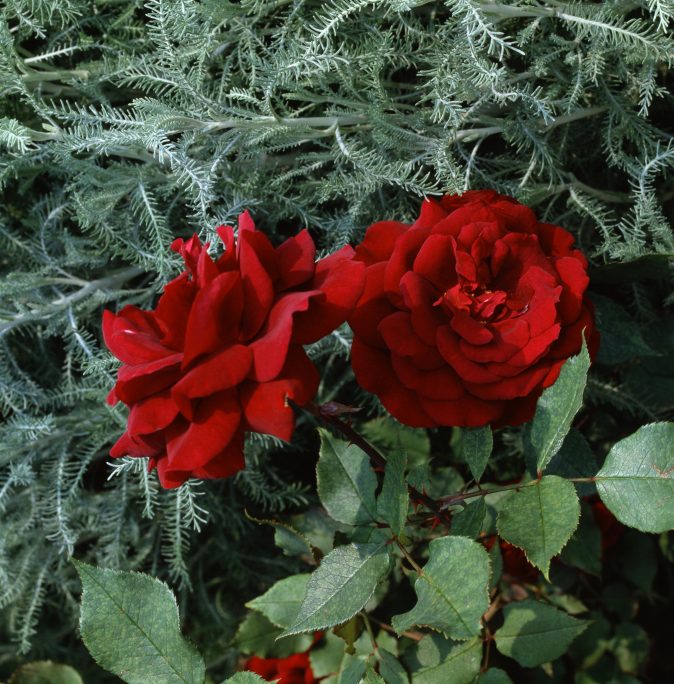
Most tolerant of rain
Jacques Cartier
- Colour: Pink
- Height and spread: 5ft by 3ft
- Scent factor: 8
Joie de Vivre (Korfloci)
- Colour: Apricot, fading to pink
- Height and spread: 2.5ft by 1.5ft
- Scent factor: 3
Blue for You (Pejamblu)
- Colour: Lilac-blue
- Height and spread: 5ft by 3ft
- Scent factor: 3
Hot Chocolate (Wekpaltlez)
- Colour: Red & mahogany
- Height and spread: 3ft by 2.5ft
- Scent factor: 4
Prince Jardinier (Meitroni)
- Colour: Pearl-pink
- Height and spread: 6ft by 2.5ft
- Scent factor: 9
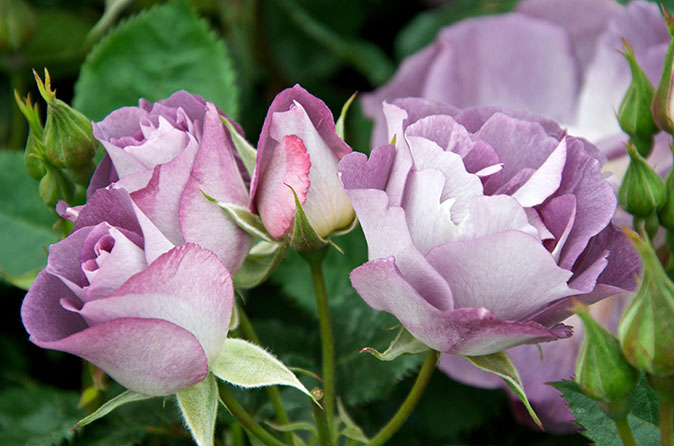
Country Life is unlike any other magazine: the only glossy weekly on the newsstand and the only magazine that has been guest-edited by His Majesty The King not once, but twice. It is a celebration of modern rural life and all its diverse joys and pleasures — that was first published in Queen Victoria's Diamond Jubilee year. Our eclectic mixture of witty and informative content — from the most up-to-date property news and commentary and a coveted glimpse inside some of the UK's best houses and gardens, to gardening, the arts and interior design, written by experts in their field — still cannot be found in print or online, anywhere else.
-
 In search of London’s earliest pint
In search of London’s earliest pintEarly houses — pubs open in the early hours to feed and water the market trade — have been a cornerstone of London for centuries. Yet, as Will Hosie finds, they aren’t stuck in the past.
-
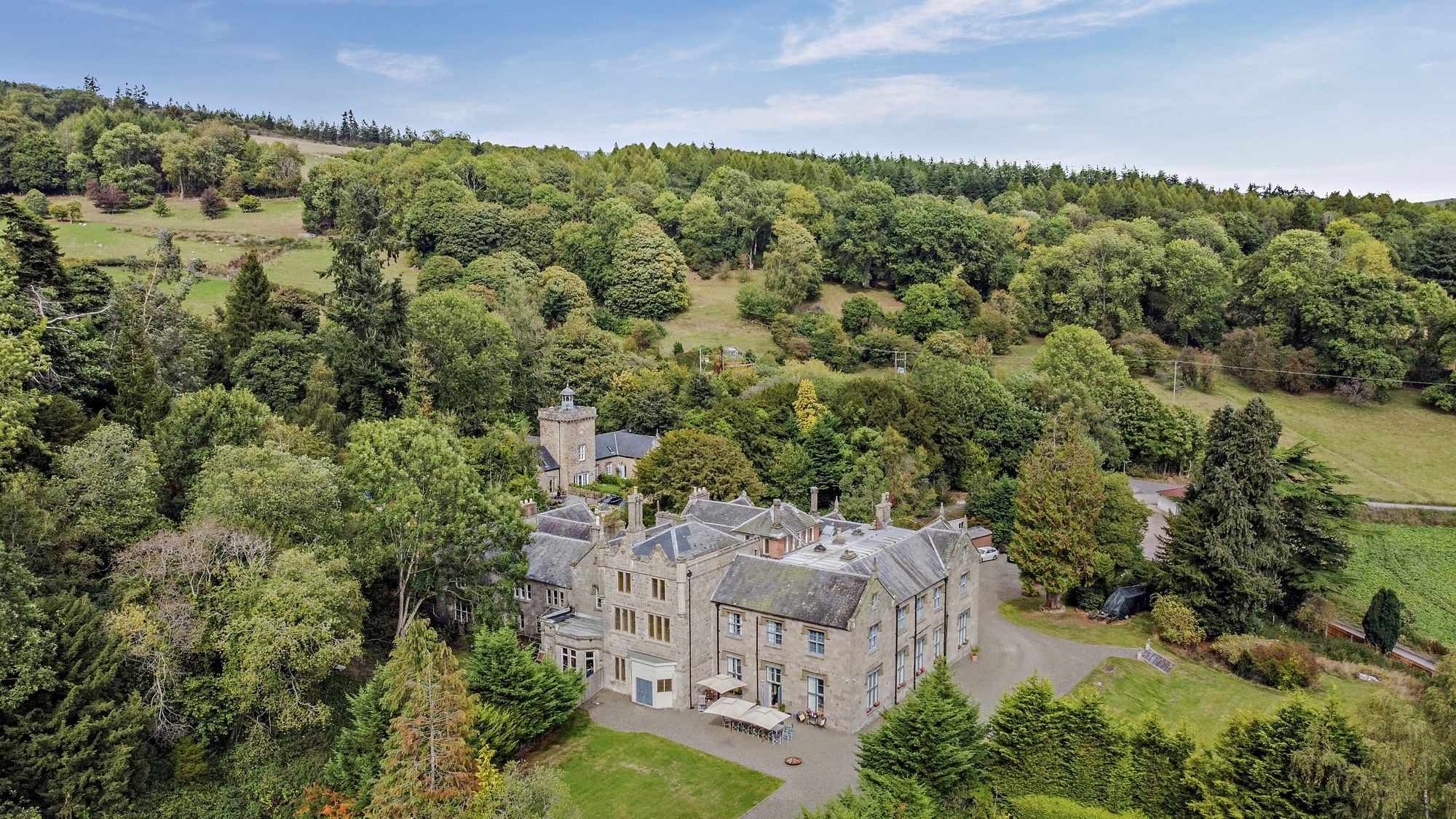 A 14-bedroom 'miniature Downton Abbey' to call your own — and there's not a penny of Mansion Tax to be paid
A 14-bedroom 'miniature Downton Abbey' to call your own — and there's not a penny of Mansion Tax to be paidNorton Manor is an incredible period home that's on the market for £1.3 million.
-
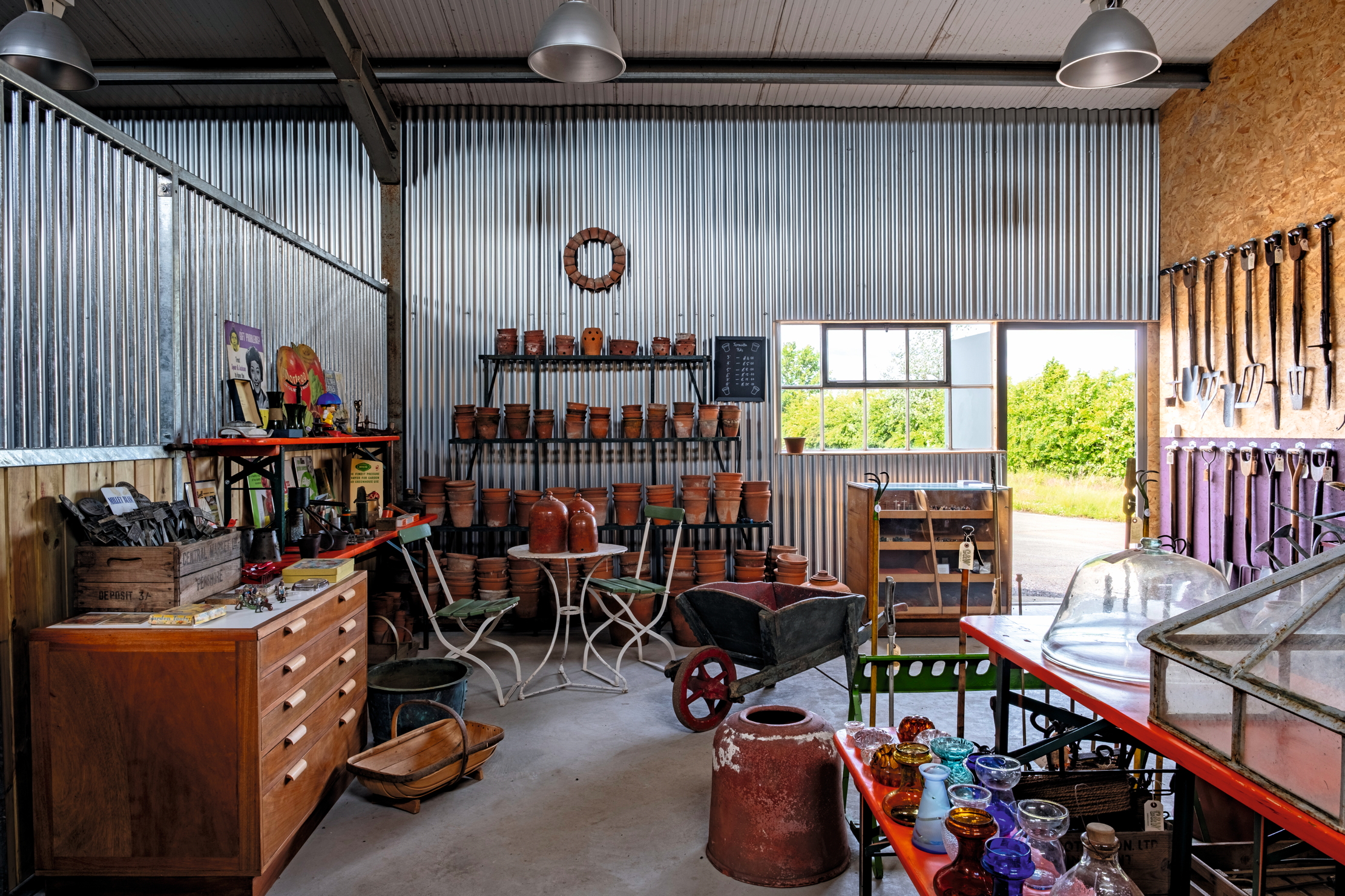 When it comes to making the perfect garden tool, the past has all the answers
When it comes to making the perfect garden tool, the past has all the answersMary Keen visits Garden & Wood, the mecca for dedicated gardeners who prefer using tools made in the 1940s
-
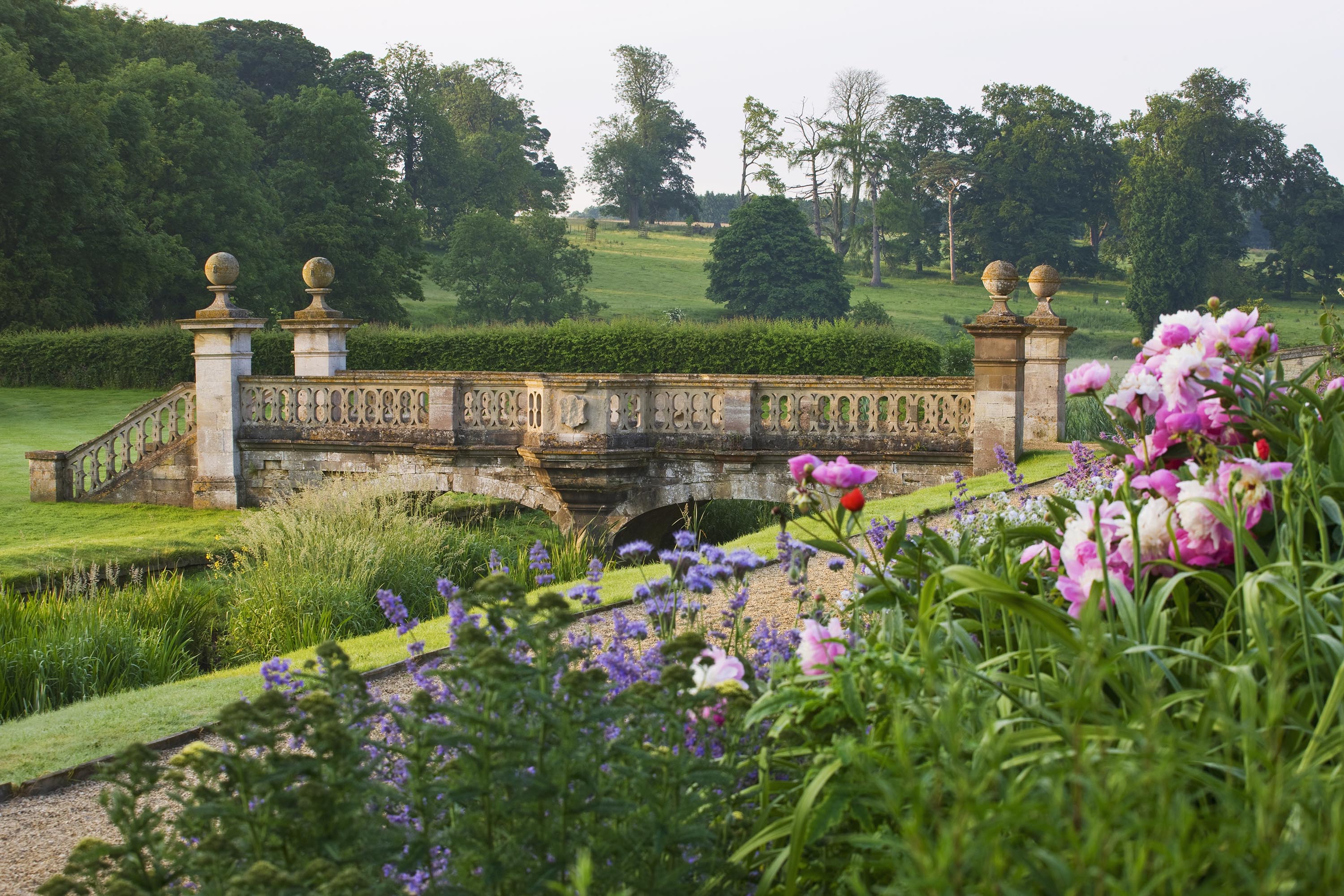 'A dream of Nirvana... almost too good to be true': The sweet peas of Easton Walled Gardens, and how you can replicate their success at home
'A dream of Nirvana... almost too good to be true': The sweet peas of Easton Walled Gardens, and how you can replicate their success at homeUrsula Cholmeley, who has spent 25 years restoring Easton Walled Gardens, recommends sowing sweet peas now for stronger plants that will better withstand the weather.
-
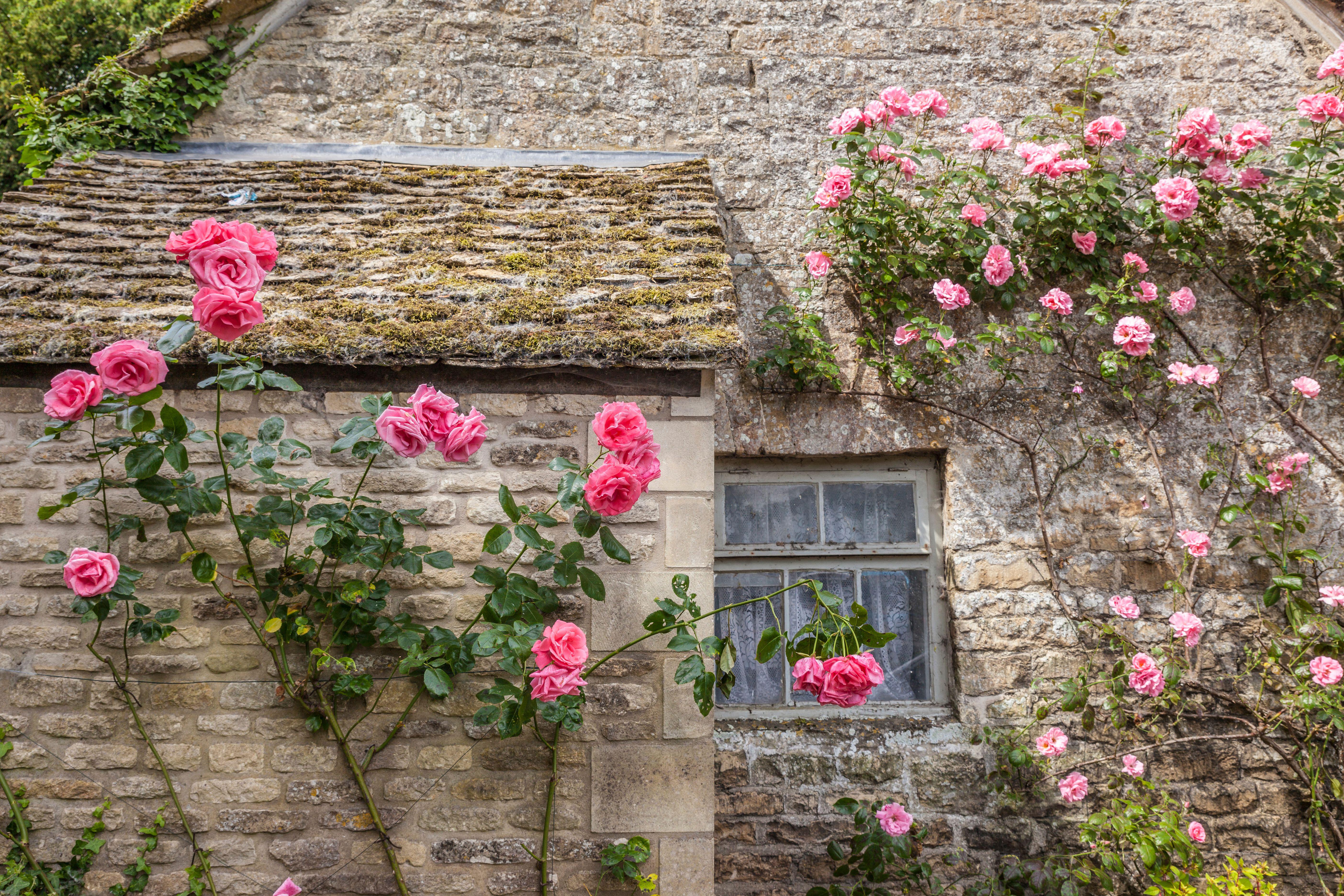 How to choose the perfect rose this bare root season
How to choose the perfect rose this bare root seasonLooks can be deceiving: bare root roses are hardier and more sustainable than potted ones, says Tabi Jackson Gee, who moved to a cottage in Wiltshire and went about finding the perfect plant. You just need patience.
-
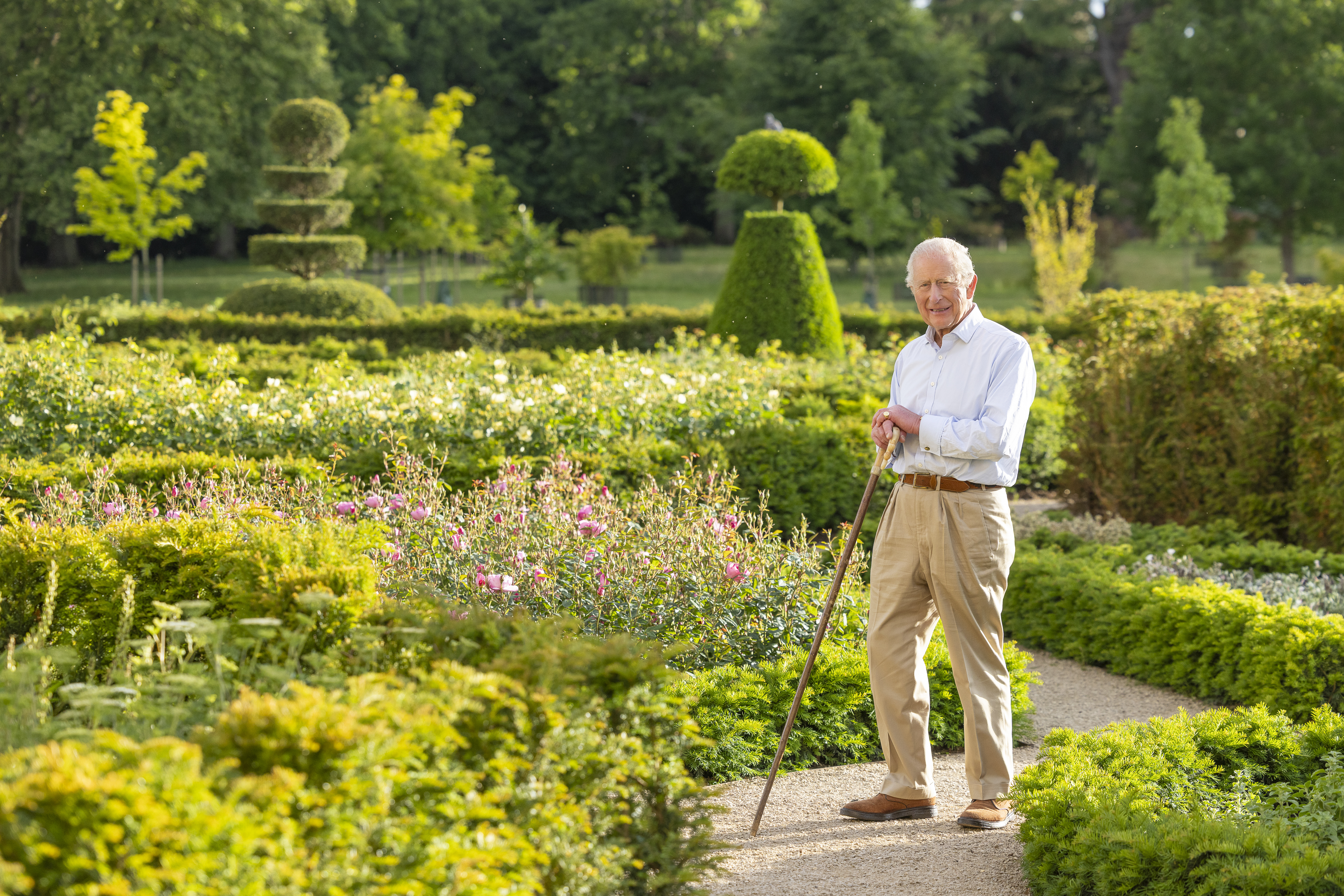 Exclusive: The King's remarkable resurrection of the gardens and parkland at Sandringham
Exclusive: The King's remarkable resurrection of the gardens and parkland at SandringhamThe King took over the running of the 21,000-acre Sandringham estate in 2017 — and in the last three years has transformed it beyond recognition.
-
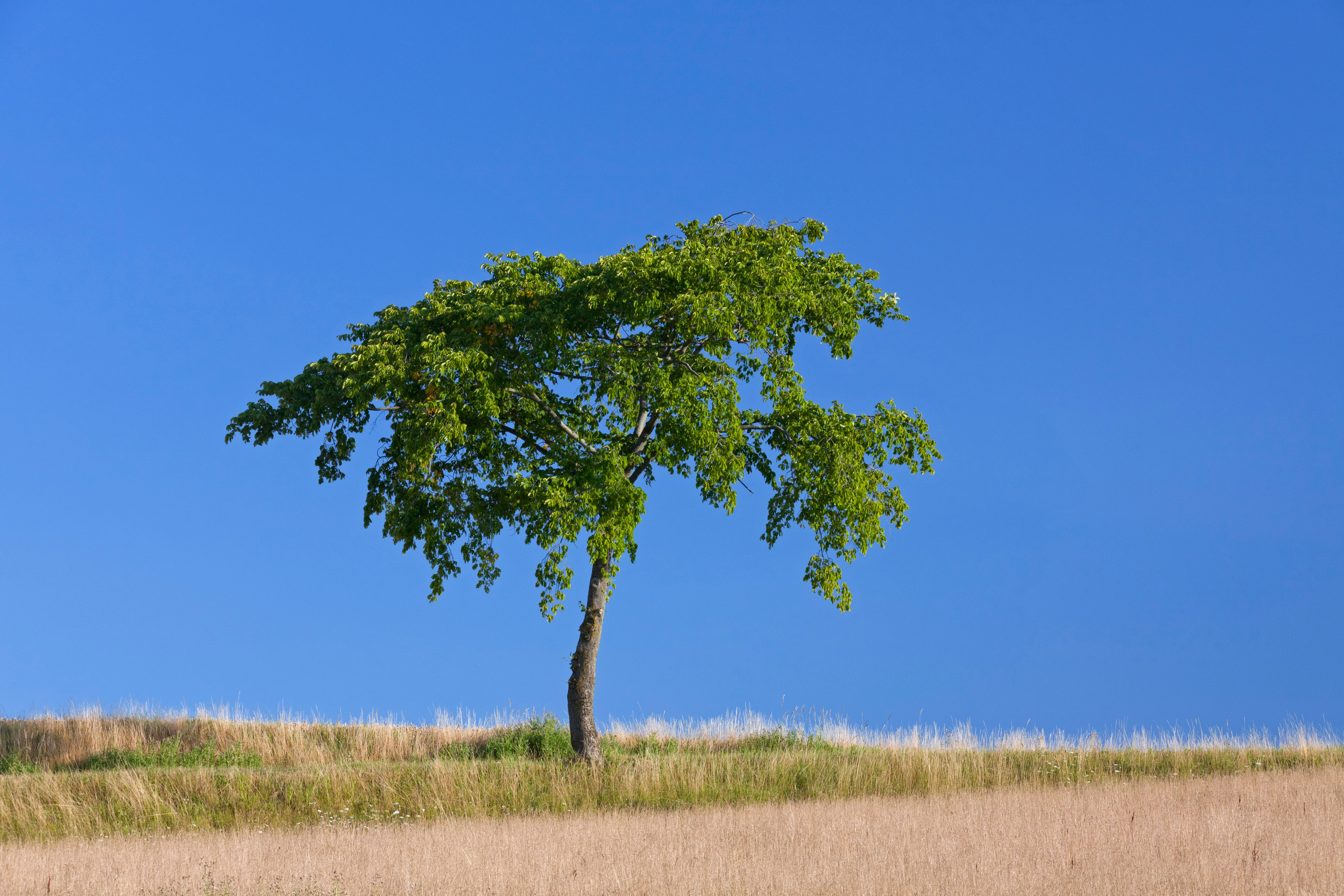 The trees that are as fine to eat as they are to look at
The trees that are as fine to eat as they are to look atMark Diacono doesn't grow many trees for the sake of the bounty they provide — but these are the notable exceptions.
-
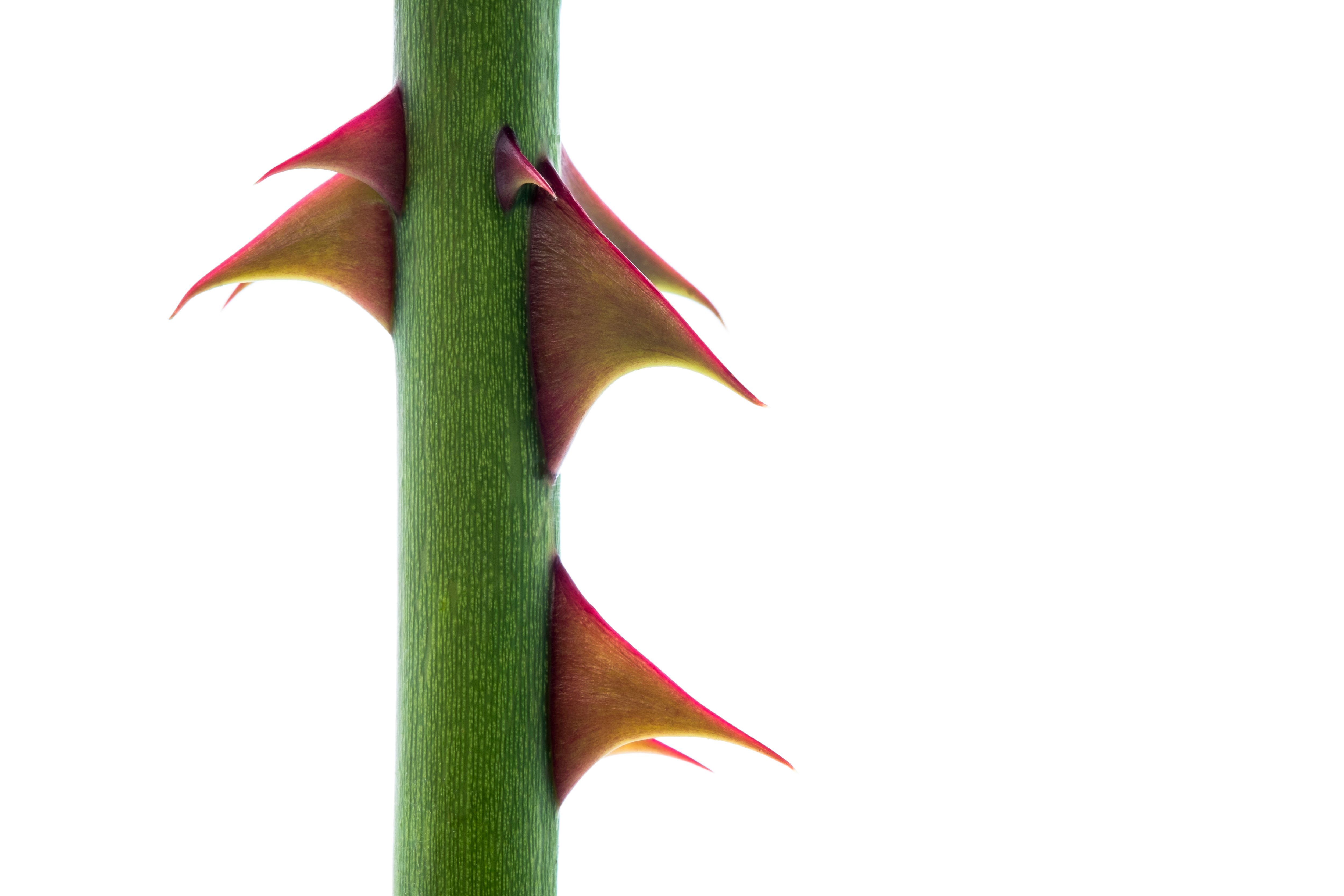 Bothered by brambles and snagged by sow thistles, but what is the point of all this thorny microaggression?
Bothered by brambles and snagged by sow thistles, but what is the point of all this thorny microaggression?Nature’s spiky deterrents — thorns, spines and prickles — may be quick to catch us out, but they can also prove to be a useful ally.
-
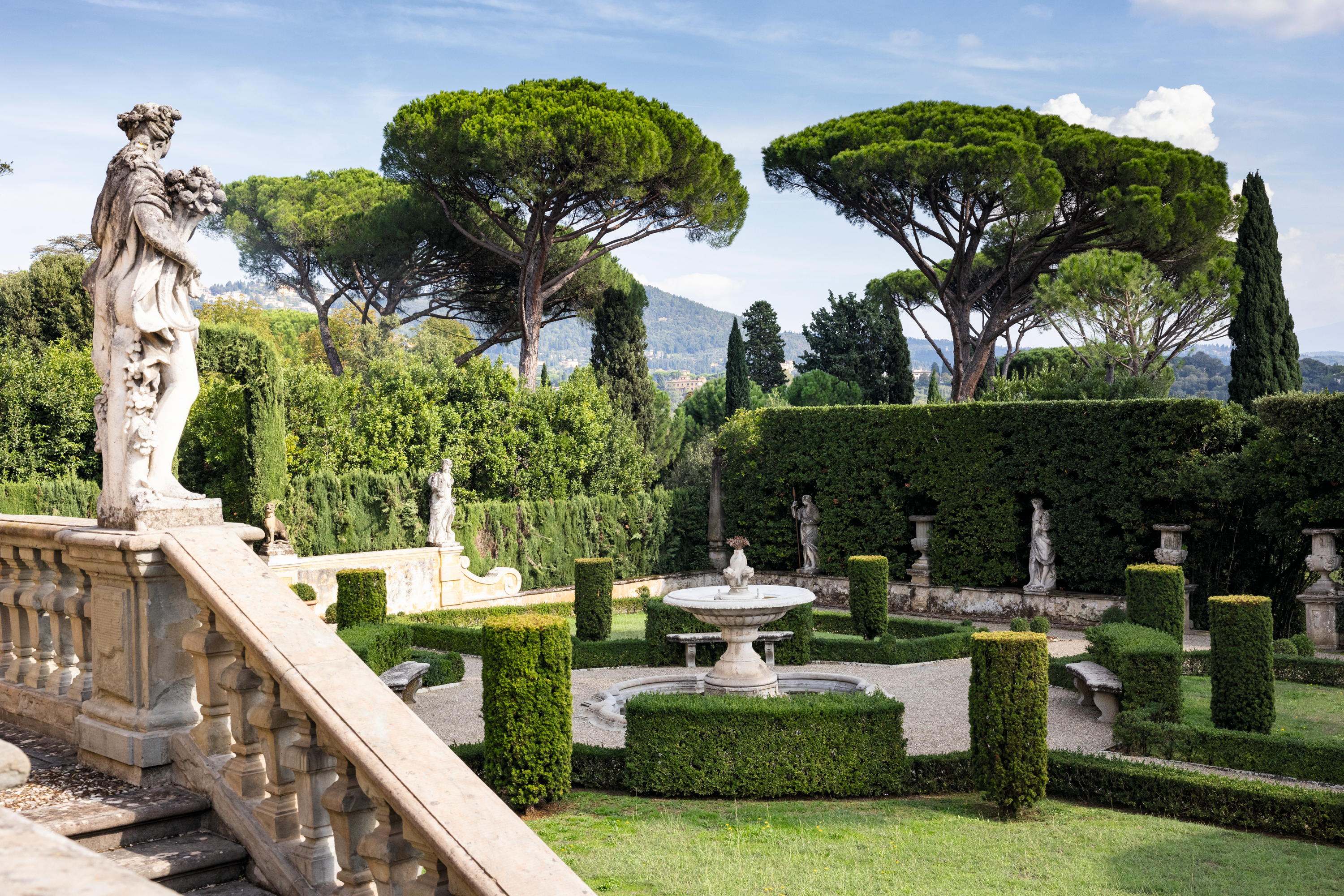 The Tuscan gardens where the English and Italian traditions come together, and Yorkshire rhubarb grows happily beside spectacular citrus
The Tuscan gardens where the English and Italian traditions come together, and Yorkshire rhubarb grows happily beside spectacular citrusNick Dakin-Elliot, who gardens in Tuscany, is still moved by the Italian hilltop gardens that command some of the most beautiful views in the world.
-
 'My family wore wool at a time when everyone else had cast it off in favour of manmade fabrics': The knitwear pioneer who is one of David Beckham's countryside champions
'My family wore wool at a time when everyone else had cast it off in favour of manmade fabrics': The knitwear pioneer who is one of David Beckham's countryside championsJulie Harding speaks to Rachel Carvell-Spedding the founder of British knitwear brand Navygrey, and one of David Beckham's countryside champions.
